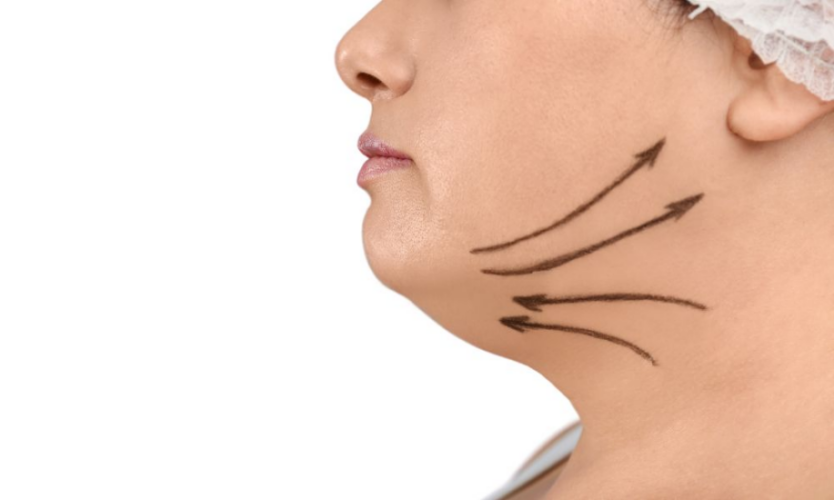Breast augmentation is a cosmetic surgical procedure designed to enhance the size, shape, and overall appearance of a woman’s breasts.
This procedure is sought for various reasons, including improving self-confidence, achieving a more proportionate figure, or restoring breast volume after pregnancy or weight loss.
Key Aspects of Breast Augmentation:
- Consultation: A thorough consultation with a board-certified plastic surgeon is crucial. The surgeon assesses the patient’s goals, discusses expectations, and evaluates overall health to determine candidacy.
- Implant Options:
a)Silicone Implants: Filled with silicone gel, these implants often feel more natural.
b)Saline Implants: Filled with sterile salt water, these implants are adjustable and require smaller incisions.
- Incision Techniques: –
a)Inframammary Incision: Made in the crease beneath the breast.
b)Periareolar Incision: Made around the edge of the areola.
c)Transaxillary Incision: Made in the armpit.
d)Transumbilical Incision: Made in the navel (TUBA procedure).
- Placement Options:
a)Subglandular Placement: Implants placed above the chest muscle.
b)Submuscular Placement: Implants placed partially or entirely beneath the chest muscle.
- Recovery: Patients typically experience some discomfort, swelling, and bruising post-surgery. Recovery time varies, but most individuals can return to normal activities within a few weeks.
- Risks and Considerations: Common risks include infection, bleeding, and changes in nipple or breast sensation. Regular monitoring and potential future surgeries may be required, particularly with silicone implants.
- Results and Maintenance: Patients can expect immediate results, with the outcome becoming more apparent as swelling subsides. Long-term maintenance involves routine check-ups and monitoring of breast health.
- Non-Surgical Alternatives: While surgical breast augmentation is the most common method, non-surgical options like fat transfer or injectable fillers can provide subtle enhancements.
- Cost Considerations: The cost of breast augmentation varies and typically includes surgeon fees, facility costs, anesthesia, and the implants themselves.
Selecting a board-certified plastic surgeon with expertise in breast augmentation is crucial for achieving safe and satisfying results. It’s important for individuals considering breast augmentation to thoroughly research the procedure, understand the potential risks and benefits, and consult with a qualified plastic surgeon to make informed decisions tailored to their unique goals and body characteristics.







